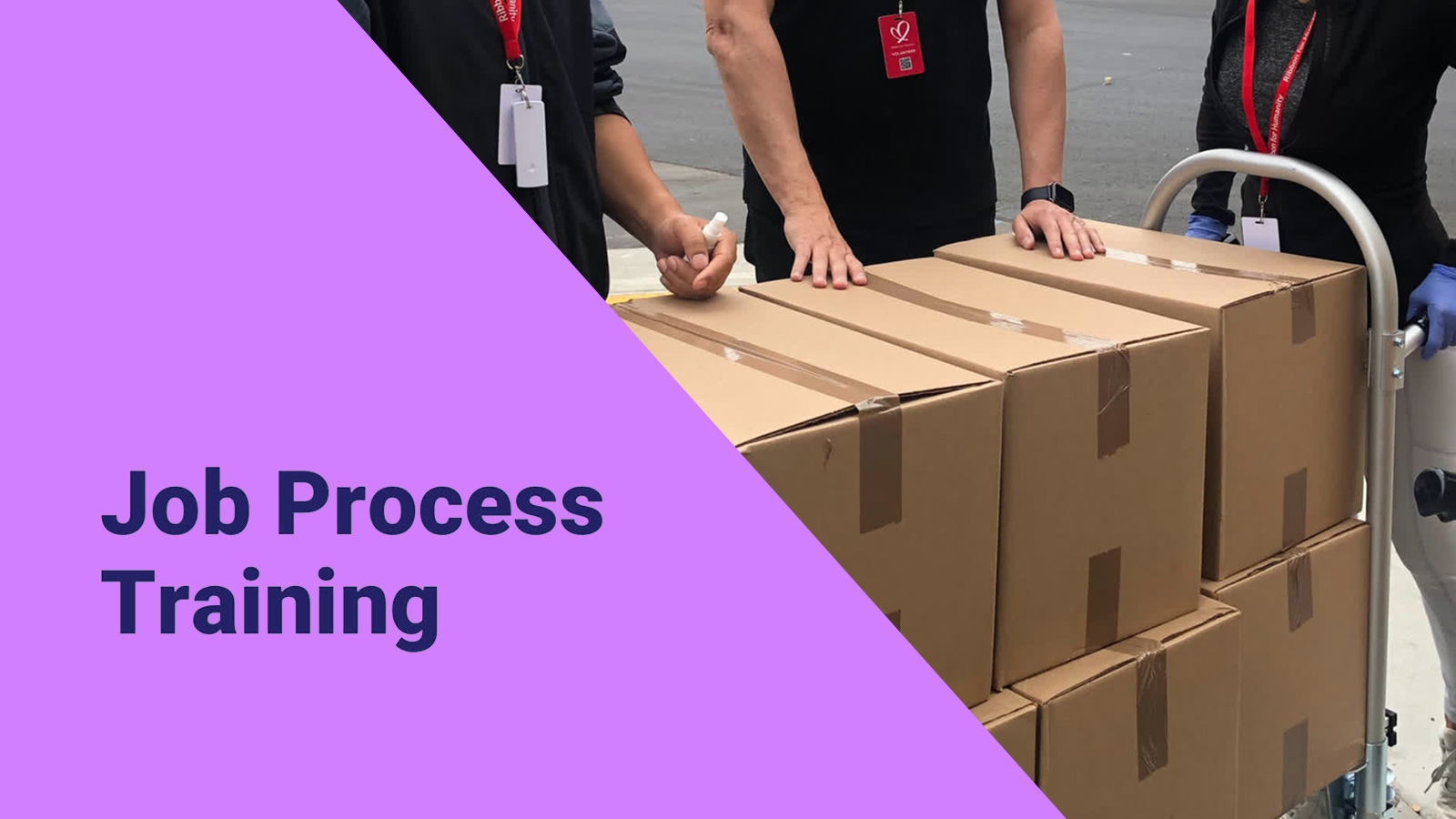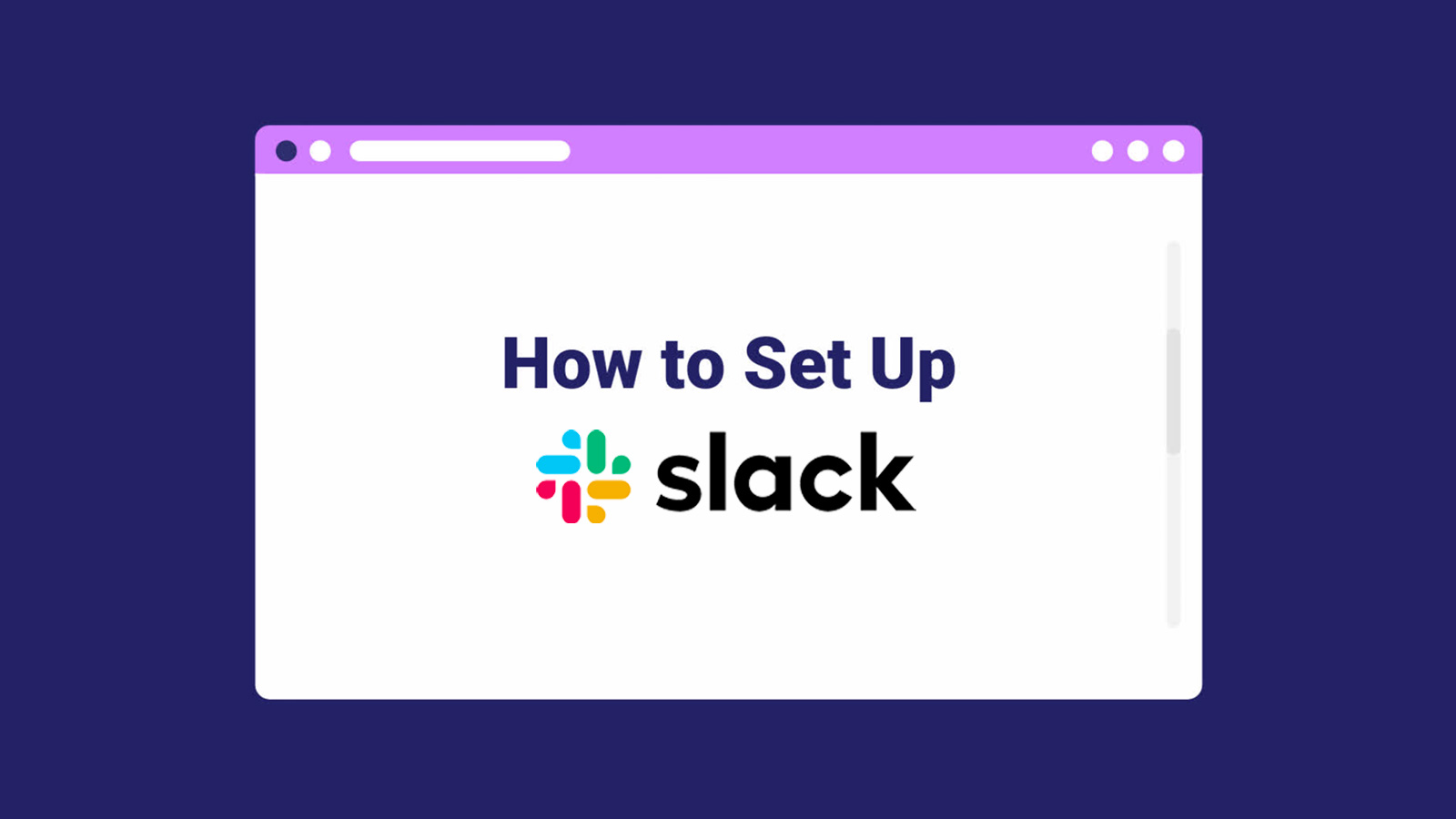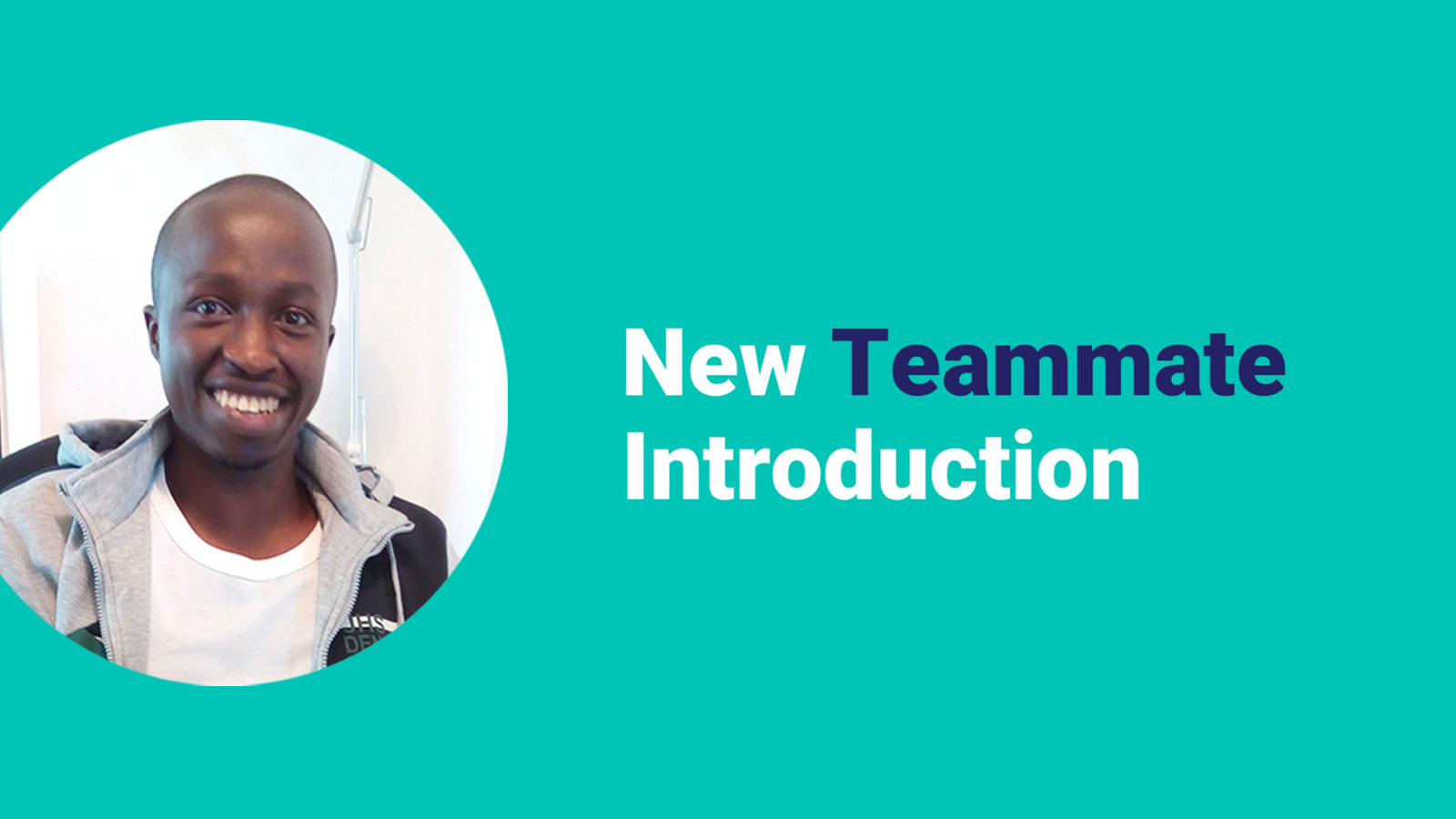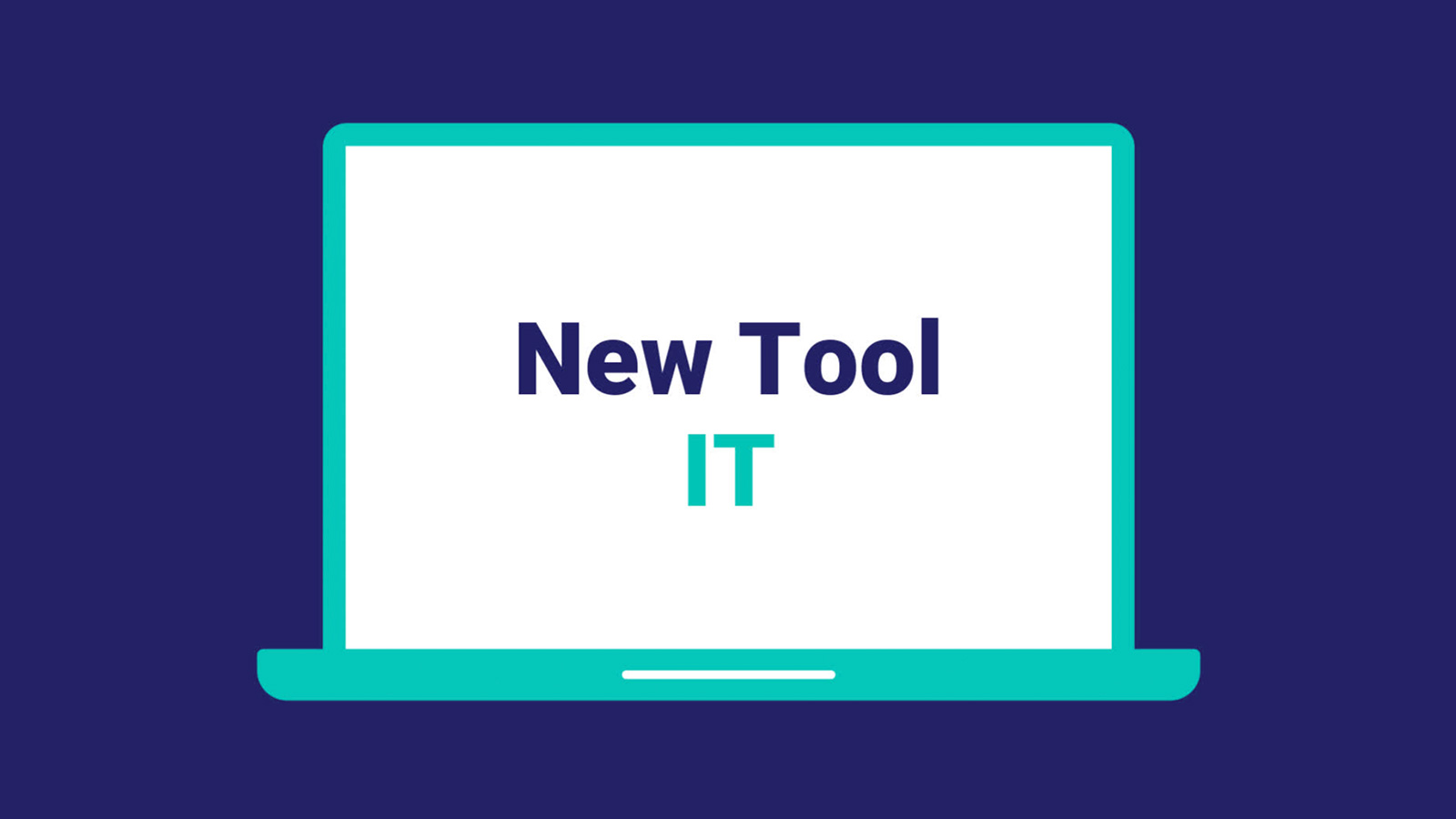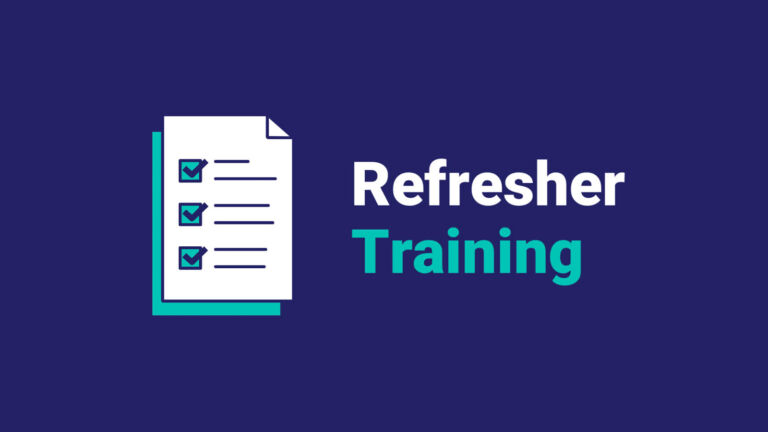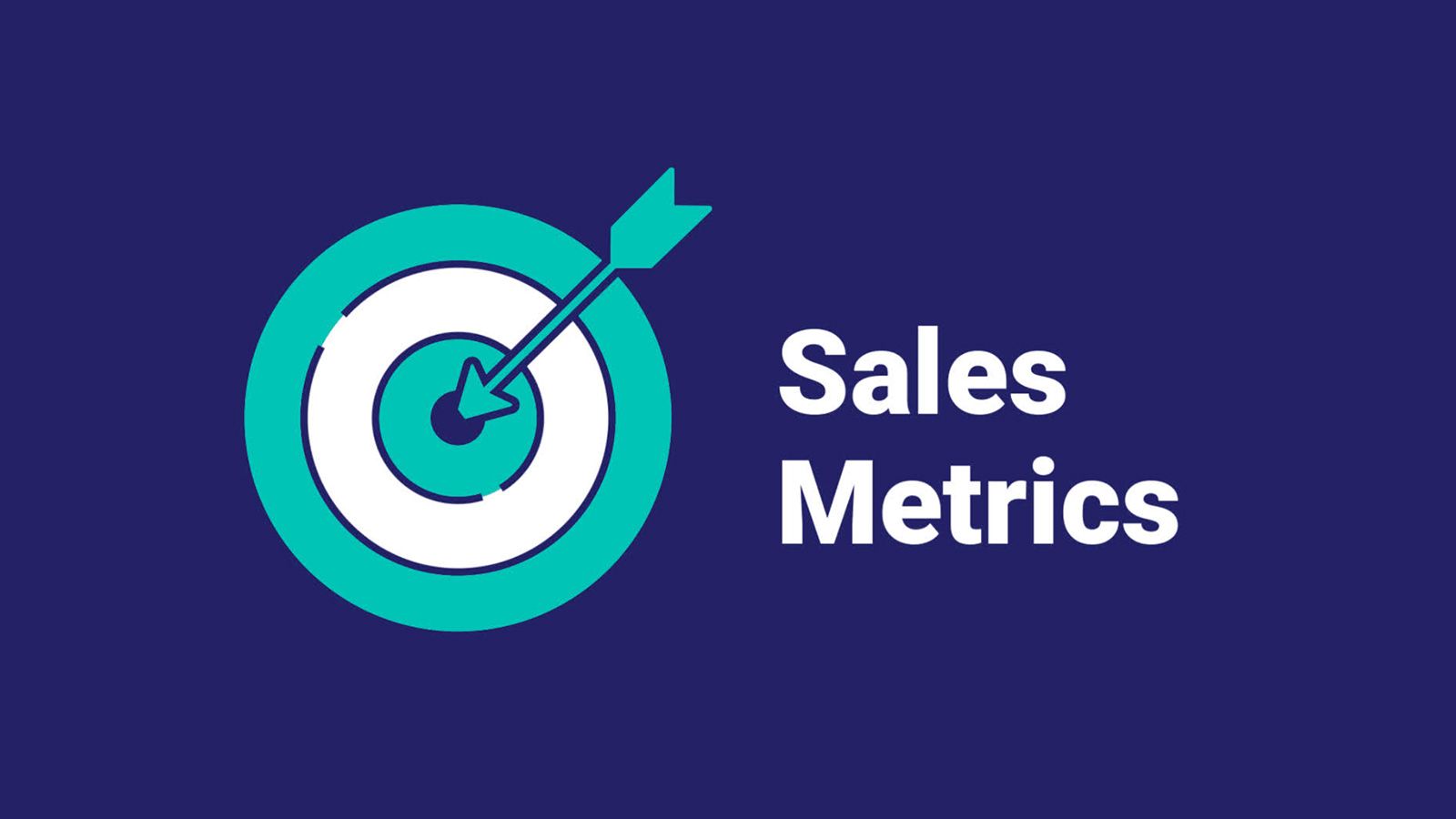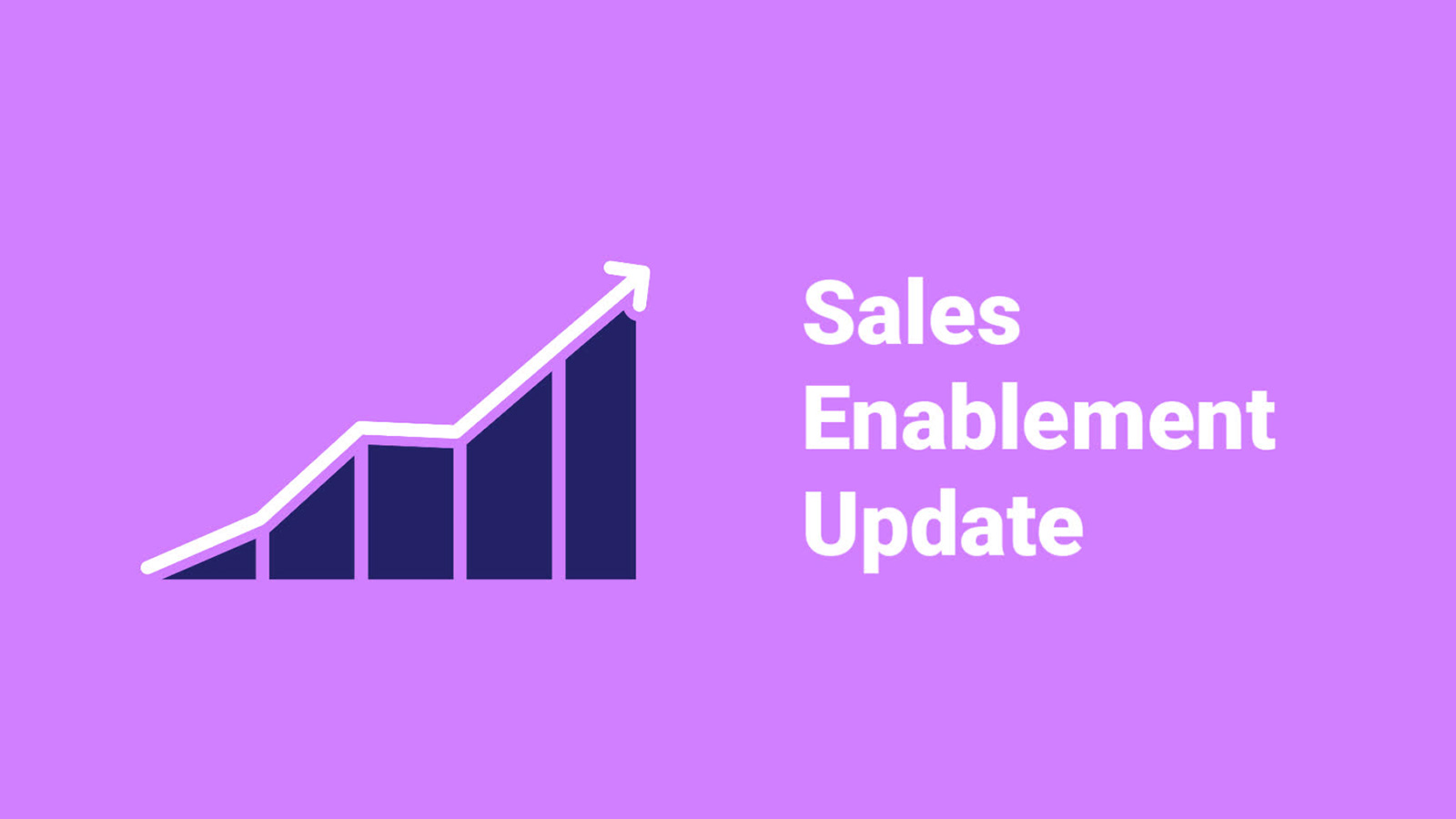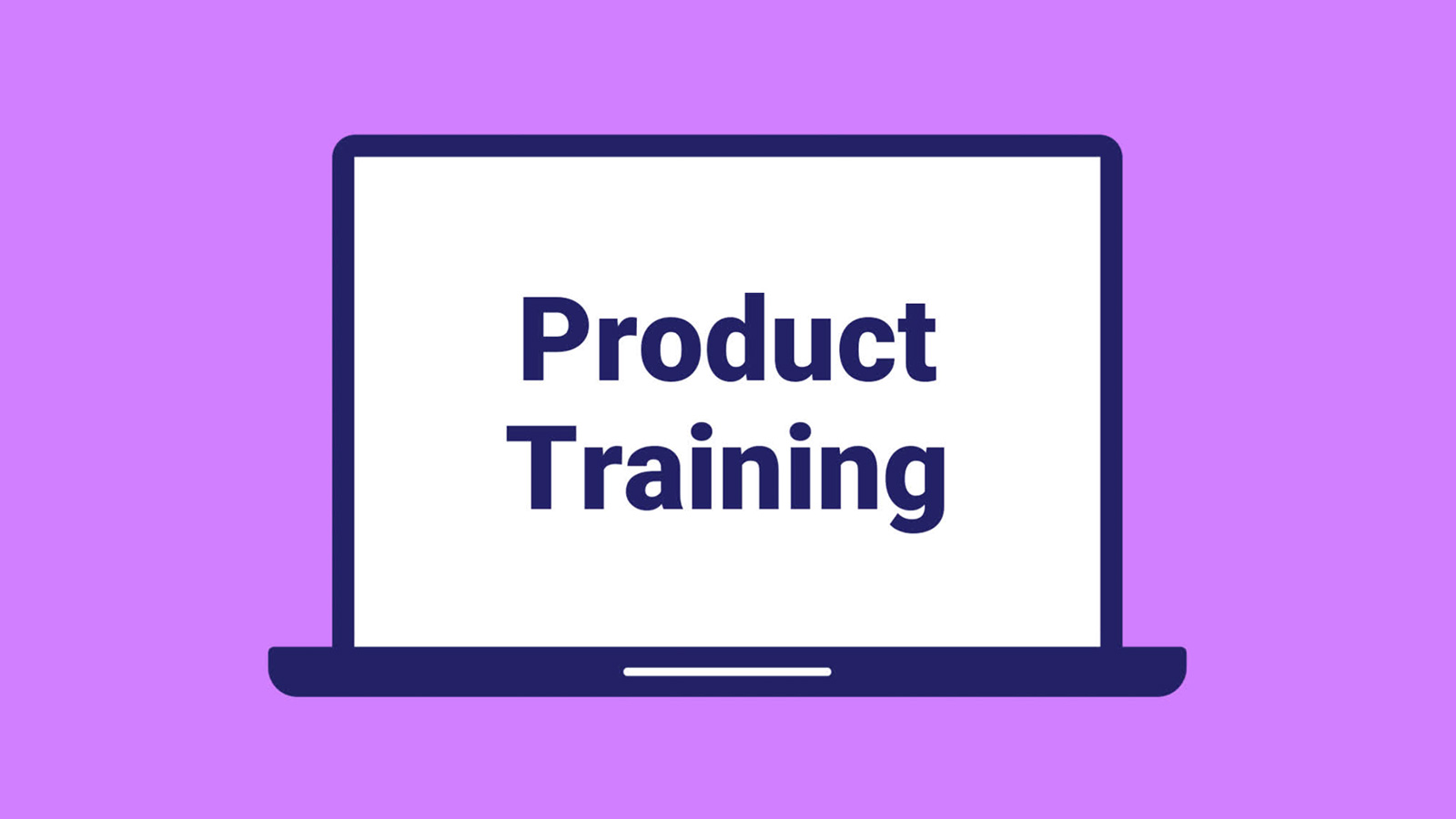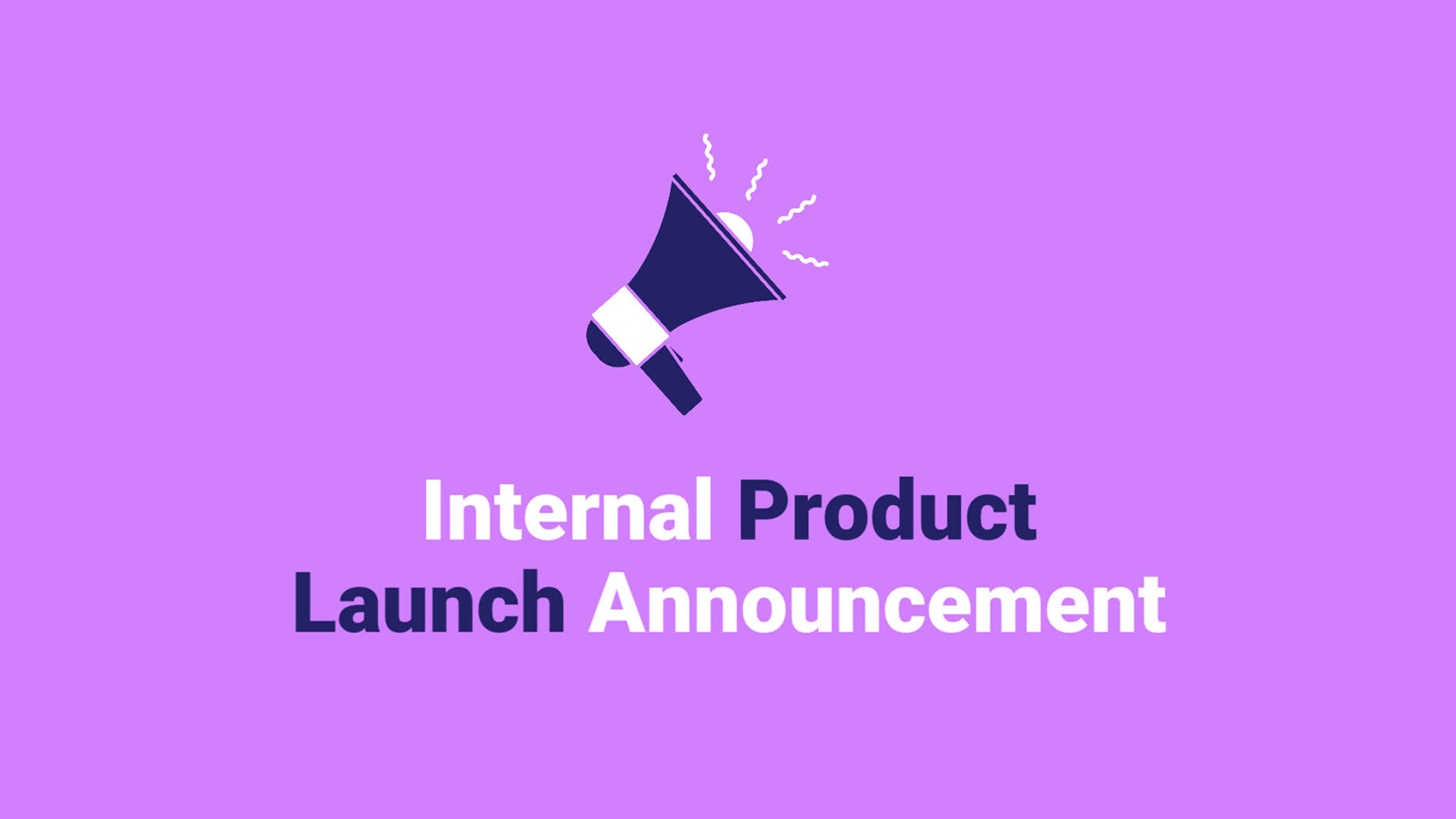Sales enablement has always been communication intensive.
But in today’s sales environment, this is more important — and more difficult — than ever before. Buyers have tons of information and choices at their fingertips. The market changes quickly. And to top it all off, many sales teams are now working remotely or from scattered locations.
This has left many sales enablement managers casting about for new ways to align their teams, accelerate performance, and achieve lightning-fast adoption of sales strategies. Sales enablement needs a powerful tool to keep reps up-to-speed, connected, and performing at top capacity.
Video does all this and more.
Video achieves what traditional sales communication and information-sharing platforms have always struggled to do: align your sales team and inspire them to take action. It’s the next generation of sales enablement, and it’s surprisingly easy to execute.
Video gives you the power to turn all your existing assets — sales reports, spreadsheets, sales playbooks, and all the rest — into dynamic resources that boost sales performance, instead of bogging it down by burying your team in emails and paperwork.
This comprehensive guide shows you why video is quickly becoming the new norm for sales enablement. You’ll learn the nuts and bolts of making videos, and how to use video at every stage of sales enablement.
Get ready to put video to work.
Create videos that drive action
Activate your audience with impactful, on-brand videos. Create them simply and collaboratively with Biteable.
Internal sales communication is broken
Sales has always been a tough job. But companies need strong sales performance, regardless of how challenging the work can be. That makes sales enablement an even tougher job, because improving performance in a rough field is a tall order.
At its core, sales enablement is communication. At every stage — alignment, adoption, and acceleration — success is a matter of getting the right information to the right people at the right time. All in a way that’s easy-to-use and easy to find on the fly.
Sales enablement managers are hit especially hard by communication tools that are literally decades old and were never a good fit for a high-pressure industry like sales.
Most sales teams rely on a Frankenstein-ish mix of spreadsheets, PowerPoint presentations, and reports, all stitched together with email, instant messaging, and Zoom calls. But this monstrosity of communication is doing more harm than good for sales teams.
Emails get ignored
It’s no secret that emails get ignored all the time. You’ve probably got at least a few emails withering away in your own inbox right now.
We receive 121 business emails each day on average. Most of it is unnecessary: 62% of the emails employees get are unimportant or irrelevant.
If you have a sneaking suspicion that nobody is reading your emails, that suspicion is most likely correct. There’s so much noise in people’s inboxes that they’ve tuned out.
Instant messages are too fleeting to be persistent resources
Instant messaging tools, like Slack, are fantastic for ongoing coordination and quick communication. But they aren’t a great way to share resources people need to use on a daily basis. The flow of information tends to carry instant messages away and makes it tough to find messages that are more than a day or two old.
Similar to email, it’s also tough to get attention for important messages this way, because there are so many messages that come and go quickly.
People may not be as numb to instant messaging as they are to email. But it’s still all too easy to miss messages and lose track of resources that have been shared on messaging apps.
Everyone has Zoom burnout
When remote work became standard, companies replaced their in-person meetings with Zoom calls. This solution is a bit of a double-edged sword.
Everyone can hop on a Zoom call from their computer. Calls seem so easy to attend that people have a tendency to put more Zoom calls on the calendar than in-person meetings.
Additionally, since people are concerned that their emails will get ignored or their instant messages will get missed, meetings often get scheduled just to make sure everyone gets the information they need.
This crowds everyone’s calendars with Zoom calls. And people miss important information during meetings because they’re suffering from Zoom fatigue. The result of all these meetings is reduced productivity, and no improvement to your information sharing.o.
Sales information is bulky and difficult to use on the fly
Traditional tools for sharing internal sales team information fall far short. They’re more like information containers than dynamic sales resources. PowerPoint presentations, spreadsheets, sales playbooks, and other static formats are dense and difficult to use on the fly.
These resources have their place. But relying entirely on legacy information formats reduces sales performance because it takes reps too long to extract the information they need. To say nothing of all the messages that are misunderstood or missed entirely.
Things get even worse when sales reps simply don’t reference their sales intelligence because they’ve got calls to make and emails to write, and it just takes too long to dig through all the dense resources.
This is one major reason why sales teams never contact 73% of their leads and sales reps spend just 35% of their time actively selling.
Why video changes the game for sales enablement
Sales enablement professionals need better communication — not just more communication — to solve these sales performance problems.
This is where video really shines. Video gives you entirely new communications media that makes your existing tools more efficient and enables you to create resources that sales reps can use on the fly during busy workdays.
Video stands out
Believe it or not, internal emails have to overcome the same challenges as marketing emails. You have to get people to open your email, read it, and then take action based on the information.
Embedding video in email helps solve all three of these problems. If you don’t believe it, look to the marketing data for proof:
Just adding the word “video” to an email subject line increases open rates.
Including a video in an email boosts click-through rates by 200%-300%. This makes video a must for every must-read email you send.
Asynchronous video messages reduce Zoom and meeting fatigue
If a meeting can be an email (let’s be honest, those meetings exist), it can be a video. And, since people will actually watch your video, you can rest assured that they’ll get the message, no meeting required.
It takes under two minutes of video footage to convey most internal sales messages. And with the right video-making tool (like Biteable Teams) it won’t take you much more time than that to make the video in the first place.
That represents a lot of time saved. Time that can now be spent selling.
Videos are dynamic resources
Video doesn’t replace your traditional sales enablement resources. There are times when a PowerPoint presentation or spreadsheet is the right tool for the job. But at a sales rep’s desk during a high-paced sales shift is not the time to be digging through presentations and spreadsheets.
Short videos extract the urgent insights from dense legacy information sources. Sales teams can reference this information quickly, improving their performance and increasing their sales activities.
Better sales performance and increased sales activity is a double win for sales enablement managers.
How video drives sales enablement success
One of the great things about video is that it gets all eyes on your messages at every stage of sales enablement.
Create training packages that onboard new reps faster and reduce time-to-productivity. Achieve full adoption of new sales strategies and tools in record time. And keep sales teams motivated with recognition videos, instead of tossing recognition into the email abyss.
There’s a huge potential for video in sales enablement. A little later in this guide, we’ll show you which nuts and bolts to tighten as you implement video into your sales enablement process. But first, here are the best places to start leveraging the power of video.
Onboarding
Onboarding videos make onboarding and initial training materials quick and easy to absorb. Instead of saddling new sales reps with a binder of reading, use video to introduce sales processes and tools, outline key selling points, and get new reps settled in and ready to hit the phones.
Sales training
One of your biggest challenges is ensuring that the sales team always works with the most up-to-date strategies and intelligence. This requires delivering them a lot of information on a regular basis.
People retain 95% of a message when they see it in a video, compared to 10% when they read it as static words on a page. Short training videos are memorable, not to mention quick and easy to watch.
Regular training videos are hands down the best way to make sure your teams use on-brand messaging and content, work within updated sales pipelines, and understand how to deliver value to customers in the current market.
Sales playbook and framework development
Sales playbooks and frameworks take a lot of time to develop. And there are often layers of feedback and approval in the development process.
Video helps in both the development and adoption stages. Video presentations are an ideal way to present your proposed playbooks and frameworks to upper leadership for approval or to your team for feedback. Video is also one of the best ways to get your sales team to understand the updated processes and execute on them.
Team alignment
Alignment is arguably the most important part of sales enablement. What’s not arguable is that video is the best tool for achieving alignment between teams and within teams.
Video is the most efficient way to deliver marketing intelligence to the sales team. Market analysis, marketing messaging updates, briefs on incoming leads, and just about everything else you need to get from the marketing team to the sales team.
Within your sales team, use video to communicate sales targets, updated KPIs, team goals, and more. Since we already know people are more likely to watch these videos, and more likely to remember the information presented, it’s easy to see how video keeps sales teams rowing in unison.
Product development and feature updates
Give sales teams the down-low on the most recent changes from the development team with video updates. That way the sales team can see new features in action.
You’ll never have to worry about sales teams pitching an outdated feature set or dealing with disappointed customers because your sales reps “didn’t see the email.”
Sales intelligence briefs
Keep your sales teams up-to-date on market conditions and insights from analyzing recent deals. Give sales teams buyer profiles to help them sell to customers in new target markets.
If you need to give your sales teams information that will help them close more deals, give them that information in clear, actionable videos that help them immediately adapt their selling behavior.
Recognition programs
It’s pretty well established that giving recognition is mandatory if you want to have a high-performing sales team.
Video is an ideal way to build a successful recognition program. Video makes it easy to recognize team members for big and small wins while the glow of achievement is still warm.
Recognition videos can range from quick kudos for a stellar sales call to publicly announcing rewards for the quarter’s top performers. And you can share recognition videos everywhere — from a company-wide email, to a dedicated kudos Slack channel, to playing them at your next all-hands.
Sales status updates
Everyone from the sales reps to the head of the company wants to know how sales are going. But they want insights, not just numbers.
Video updates keep everyone in the know about progress toward company sales targets, sales leaderboards, and even detailed metrics like sales call volume. And video does all this without boring everyone with yet another spreadsheet.
Sales performance reports
There’s no question about it, video is the best way to present sales performance reports. Video distills any sales report into the most important insights and makes those insights engaging and easy to digest.
Regardless of who you’re reporting to — up the chain to the executive team or down the chain to the sales team — send a short video that extracts the most valuable points from your PowerPoint presentation or text document.
People will understand your reports better. And they’ll probably thank you for it.
9 ways to implement video for sales enablement
Okay. So video sounds like a great option at this point, but you’re still a little concerned because you have no idea how to create videos, technically or artistically. We get it. But here’s the thing: using video is easier than you imagine.
Adding video to your communications stack is simple. With a few best practices (and Biteable Teams by your side), you can nail any sales enablement video — no experience necessary.
Let’s talk about exactly which videos to create and what content to put into each category of sales enablement video.
1. Onboarding videos
Time-to-productivity is a key metric in justifying a company’s investment in sales enablement. Because of this, quickly getting new sales reps up to speed is a critical task for any sales enablement manager.
Giving new team members a series of videos to watch gets them spun up in minutes rather than hours. And onboarding videos mean fewer meetings and Zoom calls for everyone, which gives new reps more time to actively learn the ropes.
Use videos to introduce sales tools, outline sales and administrative processes, and introduce the team. This makes the information quick and easy to absorb. And videos are simple to reference whenever a new team member needs a refresher.
At the end of your onboarding video package, remember to have new team members create a video to introduce themselves to the team. Even if your sales team can meet new reps in person, an introduction video is perfect for sending to the rest of the organization to really make new team members feel welcome.
On the other end of the spectrum, onboarding videos are easy to update whenever your onboarding information changes.
Onboarding video starter kit
Pro tip: Focus your onboarding videos on familiarizing new reps with your internal tools, systems, and processes. Introduce them to the team. And use the onboarding process to get new team members to the point where they can reach out to customers and start selling as quickly as possible.
Try to give new reps easy deals to get them a few wins and quickly generate some sales. Save the playbook familiarization and sales skill development for ongoing training.
2. Sales training videos
Turning mid-performing team members into top performers is one of the most efficient ways to increase sales revenue. Mid-performing team members are already on payroll. Any performance improvements these mid-performers make go straight into the revenue column.
Ongoing sales training also ensures that your top performers keep delivering at their very best.
Create regular training videos that update sales teams on common questions and objections customers have, highlight tactics that have worked to close recent deals, and introduce new sales tactics.
Also use video to introduce new sales tools, systems, and processes to speed up adoption and keep your sales activities from dipping while the team gets familiar with the new toys.
Sales training video starter kit
Pro tip: Keep your sales training videos short — ideally three minutes or less — to make them more actionable. Introducing too much information or too many new tactics all at once makes it difficult for reps to use the training, because people can only do so many new things at one time.
Give one to three actionable points in each training video and distribute training videos at scheduled intervals. That way your teams have time to implement new tactics and information before adding the next training to their toolbox.
3. Sales playbook and framework development videos
Creating new sales playbooks and frameworks is a big job.
In most companies, these sorts of strategic resources must be reviewed and approved by leadership. It’s wise to get feedback from other team members, too. And then you must get the sales team to adopt the strategies and tactics.
Videos can help you through every stage of this process. Create short videos outlining your ideas and send them to colleagues to quickly solicit feedback. Then, use video to present your proposed playbook to the executive team. A video is far more engaging than a PowerPoint presentation. And you won’t get any objections because of misunderstandings.
Lastly, outline your new playbook or framework for your sales team in a video. Again, a video is much better than a text document because people will actually watch it. It’s also much easier for sales reps to reference your video between calls or as they write emails, to make sure they’re using the most cutting-edge sales techniques and intelligence.
That’s it. Just a handful of videos will get new playbooks and frameworks from inception to adoption, without the communication headaches of sending documents and creating PowerPoint presentations.
Pro tip: Avoid putting your whole playbook document into your videos. Use your videos as a partner resource that clarifies key concepts and highlights important parts of your sales playbook that you want viewers to understand especially well.
Also, your sales playbook is an important internal document. Brand your sales playbook video with your company colors and logos, the same way you would with any other company handbook.
Use branded scenes and templates in Biteable Teams to make branding your sales playbook video a plug-and-play activity.
4. Team alignment videos
Aligning teams is one of the biggest responsibilities of sales enablement managers. For sales teams to be successful, everyone has to be on the same page, working toward the same goal.
Aligning the sales team internally is relatively straightforward, especially with video, because you can release scheduled video updates to keep everyone on track. Weekly, monthly, and quarterly video updates are about enough to keep the sales team aligned.
Use video to update the team on progress toward sales targets, improving team performance and activity metrics, and upcoming action items for internal team projects.
However, aligning the marketing and sales teams is typically a bigger challenge, simply because it requires more coordination and information gathering. Marketing and sales alignment is also complicated by the fact that it’s not so easy to predict when the marketing team will have info to share with the sales team.
But you can mitigate marketing and sales alignment challenges with video, too.
Give updates on which marketing campaigns are generating the most leads. Share customer profile briefs on the markets that are currently being targeted. Create videos that give sales teams key talking points to ensure that marketing and sales are using the same messaging.
Team alignment starter kit
Pro tip: Wrap up your alignment videos with a few action items. What do you need your team to do with this information? If you’re clear about action items in your updates, your alignment efforts will reflect in your sales numbers.
5. Product development and feature update videos
Your company will always be innovating to improve products and services. It’s important that these new developments are communicated to customers.
Video updates give your team a more complete view of new features because you can show them in action. That way your team can fully engage with new product developments and craft more compelling benefit statements.
So, whenever you can, include footage of the new features in your videos. Also, outline the design intent from the development team, and wrap up with an explanation of the benefits of each new feature.
Once your sales team has some sales of your updated product under their belt, leverage the creativity of your sales team. To boost the performance of the entire team, send out a video update on what sales tactics and selling points close the most deals.
The same principles can be applied to new products. Even though you’ll probably have a team meeting to brief out new offerings, it’s still best to send out a video to ensure everyone has a resource they can refer back to.
Product development and feature update starter kit
Pro tip: If you can, tell a story with your product updates.
Talk to the development team and find out what problem they were trying to solve for customers and how they came to the solution. That way you can help build a complete customer experience as your products develop, rather than relying on benefit statements alone.
6. Sales intelligence videos
Sales intelligence briefs are similar to product updates, but they’re focused on the customer side.
What are the market trends that will impact our sales efforts? How can we structure deals to help customers solve problems that our competitors can’t? What’s the biggest objection we’re encountering right now, and how do we overcome it?
As a sales enablement pro, you already do a lot of customer and market research. Sales intelligence briefs deliver the insights you’ve gathered to your sales team. It’s best to release a sales intelligence briefing on a predictable schedule. A monthly release pattern is a good option.
A month is enough time to gather data and insights. And, once your team becomes accustomed to getting these updates, they’ll start looking for them.
You can also tap the marketing team for help, since they do plenty of market research, too. Even if you don’t have any new customer insights to share in a given month, you can always release a market trends video instead.
Pro tip: Close out your videos with tactical recommendations. Sales intelligence briefs are all about improving how your sales team interacts with customers. Present a few specific questions sales reps can ask to open up conversations or give detailed solutions to solve anticipated problems for customers.
7. Recognition videos
There’s nothing new or revolutionary about recognition programs, especially in sales. But you can revolutionize your recognition program with a few simple videos.
Start with a monthly recognition video to shout out sales reps who’ve exceeded their monthly quota or are ahead of schedule for meeting their quarterly quota.
Pair this with a quarterly video to recognize the sales leaders for each quarter. Then create a steady drip of recognition with a video to highlight the best sales call each week.
Just these three videos alone can be a complete recognition program. But if you offer rewards for outstanding performance or meeting certain performance goals, be sure to create a video to announce who’s receiving the rewards.
With this tactic, your tangible incentives do double duty, since everyone who earns a reward also gets public praise for it.
Also, if you implement a new reward system, make a video to drum up enthusiasm for your new incentive. That’s a complete recognition program with just a handful of videos.
Recognition program starter kit
Pro tip: Give your recognition videos a personal touch. Record a short video clip of yourself or a sales team manager giving a shout to the person-of-honor. Use the Record Me feature in Biteable Teams to record videos with just a few clicks as you create videos. Easily request clips from others using the Capture tool.
8. Sales status videos
Sales performance reports are important. But people like to get updates between reporting periods. If you’ve ever gotten questions about how the quarterly sales numbers look halfway through the quarter, you’re familiar with just how curious people get when it comes to the sales numbers.
Establishing regular status update intervals and sending out a quick video or two to let people know how things are going will keep those “how do the sales numbers look?” emails to a minimum.
How often you send status updates will depend on your reporting intervals. If you submit monthly sales reports, a weekly status update is best. A monthly status update may be enough if you submit quarterly sales reports.
For the sales team, you’ll want to send updates on the sales leaderboard, progress on hitting the next team sales quota, and anything else that helps the sales team stay motivated and focused on the highest value activities each day.
In most cases, the sales team will appreciate weekly updates. But a bigger picture monthly update will always be welcome.
Sales status updates starter kit
Pro tip: Keep your update videos especially short. One or two minutes will do. And make sure that the numbers show progress toward an overall goal, rather than just listing results. This helps you avoid stepping on your performance reports’ toes.
9. Sales performance reporting videos
Sales performance reports are challenging because they’re incredibly important, but they’re also not particularly engaging.
…Unless you present them as videos.
It’s worth noting that video reports won’t replace your traditional reporting formats. PowerPoint presentations, spreadsheets, and text reports are valuable for certain people and for certain purposes.
But for most people, the granular data isn’t as valuable as the takeaways and insights. Video is the perfect way to highlight those key points in a way that’s quick and easy to process. That way, even if someone doesn’t have time to read through the whole report, they can watch the video to get the vitals.
Sales performance reporting starter kit
Pro tip: All the information in your reports is important, otherwise it wouldn’t be in the report. Limit yourself to three to five minutes of video to focus on the key insights and takeaways, and avoid simply recreating your entire report in video.
How to get your executive team on board
At this point, you may be convinced of the power of video. But your boss may not be so convinced yet.
To help you make your case, here are a few key arguments, backed up by hard data.
- Video gets attention. 55% of people say they give their complete attention to video.
- Your sales team prefers video. 72% of people prefer learning about products or services through video. It’s safe to say your sales team is no different when it comes to sales enablement information.
- Video helps avoid miscommunication. People retain 95% of a message when they see it in video, but only 10% when they read a message in text.
- People don’t read work emails. Work emails are read by just 37% of recipients.
- Email is killing your team’s active selling time. The average worker spends 13 hours each week managing email.
- Email is tanking your sales activity. 55% of employees say emails prevent them from performing their primary duties.
- Most meetings really could be replaced with short videos. Only 29% of meetings are productive.
- Employees want your company to adopt better communication tools. 44% of employees want their organization to adopt more internal communication tools.
- Every day without video costs you big bucks in lost productivity. Subpar internal communication costs large companies an estimated $62.4 million each year.
- Deep down, your boss wants to use video. 59% of executives say they prefer video over text.
The evidence is conclusive: video is the clear winner for getting your internal communication right.
Experience the power of video for yourself with Biteable
All that’s left is to create a case study that proves the value of video for your company — with your own video.
Just choose a Biteable template and unleash your creativity. There are hundreds of editable templates and brandable scenes in the Biteable library.
Each scene and template is carefully designed to help you craft internal comms messages that get your teams aligned, achieve adoption in all your sales enablement strategies, and accelerate your sales performance. Most scenes can also be customized with your brand colors for consistent messaging.
And with Biteable, you get the seats and resources you need to give your entire team the power to communicate with video, all for about the price of one minute of video through a professional video production company.













